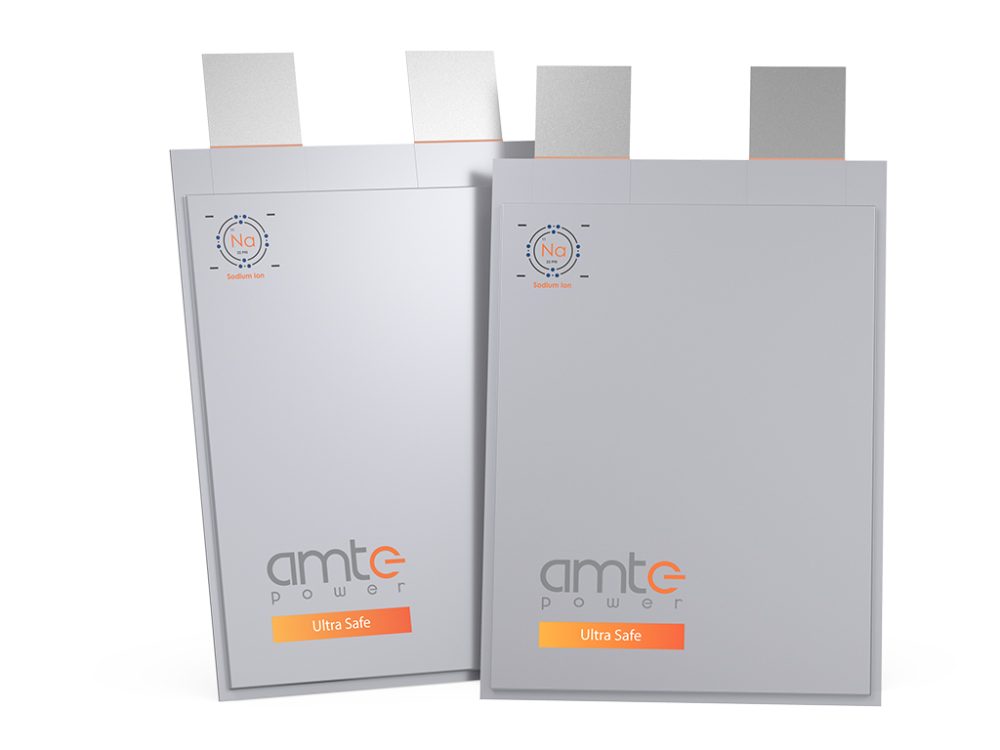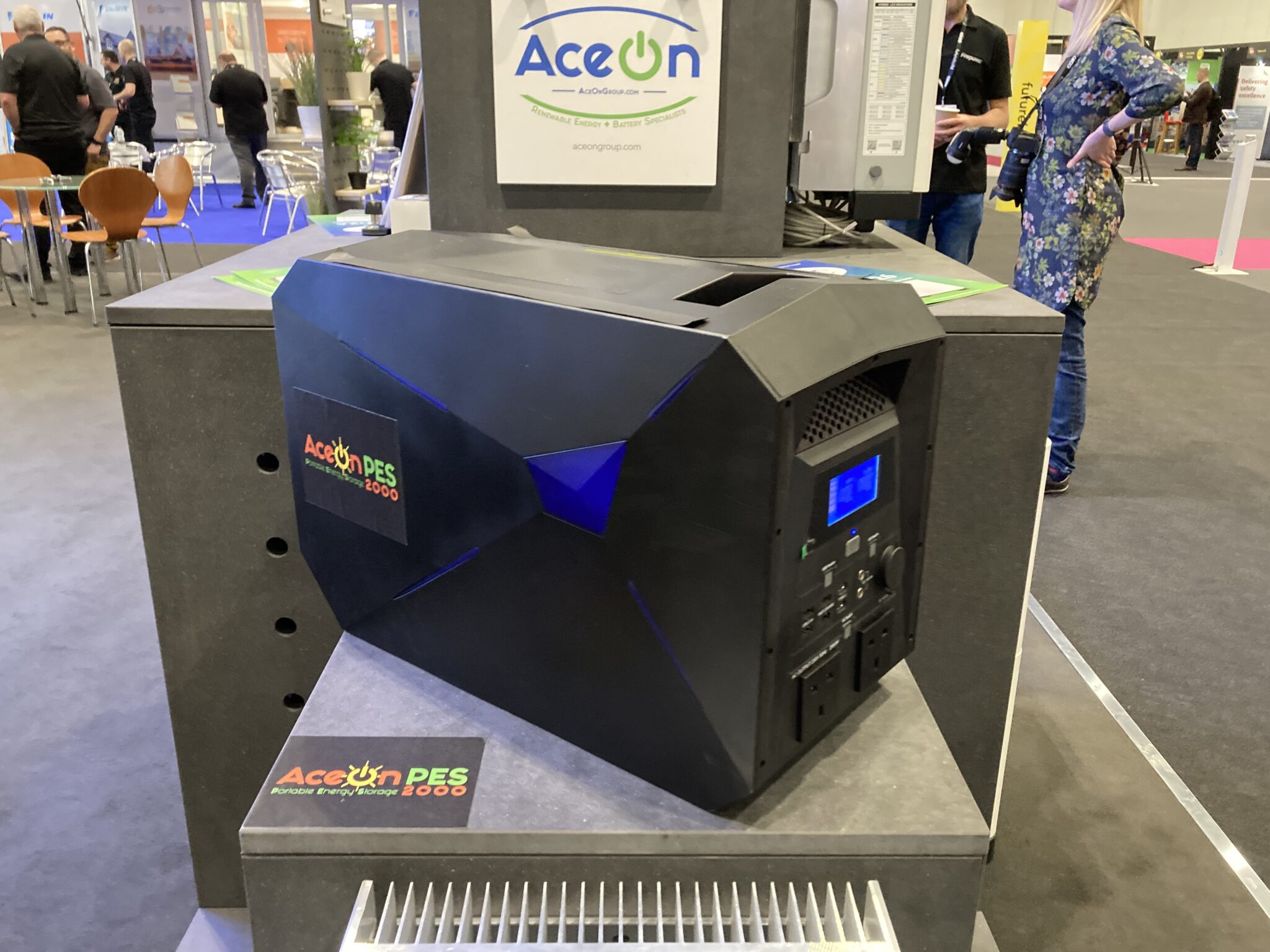In recent years, we have seen the global market for renewable energy boom – and that boom is getting bigger every year. According to the International Energy Agency, between 2011-2013, the annual renewable growth was around 116 gigawatts of capacity. By 2020-2022, that increase has risen to 276 per year.
But boosting renewable energy also comes with issues, most notably how this renewable energy is stored. Research teams and organisation are already experimenting with the next generation of large-scale batteries, but for many purposes traditional lithium-based ones are more immediately useful. But these batteries are expensive, use finite heavy metals and are difficult to recycle.
The UK-based battery specialist AceOn has teamed up with another battery pioneer, AMTE Power, to create the next generation of renewable energy batteries from sodium. From their collaboration has emerged the AceOnPES (portable energy storage) power unit, which is being hailed as a groundbreaking new technology for renewable energy storage, especially for remote and underserved areas.
Running on the Ultra Safe sodium cells developed by AMTE, the AceOnPES is designed to provide reliable primary or backup storage for areas where electricity infrastructure is unreliable or insufficient to meet local needs. Since October 2021, AceOn and its collaborators have been working with Nigeria-based energy and power company Nevadic Limited to distribute their batteries across the region. The two year government funded project will hopefully see sodium being seen as a viable, and commercial, alternative to lithium-ion batteries.
Sodium vs Lithium
Sodium is right next to lithium on the periodic table, meaning they have similar properties in terms of the transfer of energy. Otherwise, that’s where their similarities largely end.
Lithium, although not technically a rare earth metal, is in limited supply around the world, or is available in only certain geographic areas. The same is true for cobalt which is often used in the production of lithium-ion batteries. For example, around 50 to 60 percent of all cobalt is mined from the Democratic Republic of Congo, which has a poor human rights track record in terms of mining.
Neither of these elements is strictly required for sodium batteries, which uses sodium as the charge carrier and can use iron or manganese instead of cobalt. In comparison, sodium is also widely available across the globe, and is 1,200 times more common than lithium. This wide availability and distribution means the costs of sodium batteries, if produced on a wide commercial basis, would be lower than lithium ones.
Sodium batteries are also touted as being safer than their lithium-ion counterparts. They can operate at a wider temperature range, and are non flammable. Ever noticed how pre-flight safety briefings often make special mention of cellphone and laptop batteries? Well, these are lithium-ion and are prone to fire if damaged, warped or subject to high temperatures or pressure. Such an issue would not exist with sodium batteries making them much easier and safer to transport.
So if sodium-ion batteries are so much cheaper and safer, why are they not widely used? As of yet, no electric vehicle uses a sodium-ion battery, and there are only a handful of companies selling them on a commercial basis. Well, although lithium and sodium batteries have similar charge and discharge rates, lithium-ion batteries still offer much higher energy density, meaning they can hold more charge per unit weight. For example sodium batteries operate in the range of 75-165 W h/kg (watt hours per kilogram), while lithium is around 120-260 W h/kg (the AceOnPES is around 135-140Wh/kg). This is mostly due to the fact sodium has three times the volume of lithium, reducing its energy density.
As a result, despite actually being a lighter element, sodium-ion batteries which wish to match their lithium counterparts will currently be larger, making them less ideal for EVs or smaller gadgets. They are also less malleable than lithium-ion batteries, which can be moulded into many different shapes to fit different devices.
However, the reason lithium has such a hold on the battery market is largely the result of its established supply routes, commercial presence and current ease of use. Pretty much any modern chargeable portable electronic device uses a lithium-ion battery, and manufacturers will be reticent to change to a currently commercially untested technology. The advantages of lithium-ion batteries could potentially be applied to sodium if there was enough interest – and cash – in developing the technology further.
That’s where efforts like those of AceOn come in. If they can prove sodium can do the same job cleaner, safer and cheaper, they may be persuaded to shift. This is made even more likely if there continues to be public pressure towards sodium batteries and away from environmentally and socially questionable lithium.










